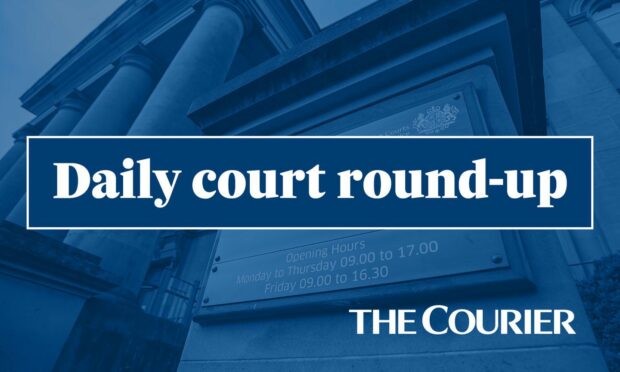NHS Tayside has been ordered to apologise to the family of a patient who was not given adequate checks following a heart attack.
The Scottish Public Services Ombudsman (SPSO) found failings in the treatment of the elderly patient, referred to only as ‘A’, who died in hospital.
A was being treated at a regional hospital after suffering a heart attack but the decision to move them to a community hospital was ruled to be “unreasonable”.
The SPSO spoke to an independent consultant in the care of the elderly and found a series of errors.
It found after being transferred, A was not given daily medical reviews, careful monitoring of fluid balance, or frequent blood tests.
High sodium levels required better care
This is despite A’s condition, hypernatraemia (high sodium levels in the blood), requiring all these to be carried out.
It said frequency of blood tests were “insufficient” and no medical review was carried out despite rising sodium levels.
Despite oral intake of fluid being described as “poor” in medical notes, A was given no intravenous fluids over a period of three days.
Worse still, the SPSO found that when intravenous fluids had been administered, the particular type of fluids given had been inappropriate to treat hypernatraemia and may have worsened A’s condition.
The SPSO report listed a number of recommendations due to the incident, which occurred in 2018 but was only reported recently.
Complaint upheld after investigation
It said: “Robust handover procedures should be in place so that staff taking over responsibility for patient care following transfer to community hospitals are clear about ongoing treatment and review requirements.
“Patients should only be transferred to community hospitals when it is clear that the required level of care can safely be provided following transfer.
“In patients presenting with conditions causing electrolyte imbalances, such as hypernatraemia, medical and nursing staff should be clear on (i) the frequency and the means by which such patients require to be reviewed including the frequency of blood tests and; (ii) the appropriate intravenous fluids to be used to manage such conditions.”
The report did say however it is “not possible” to comment on how the treatment might have affected A’s outcome given the “generally poor prognosis associated with the condition” and A’s “significant comorbidities”.
The investigation was launched after the health board received a complaint from the spouse. This was upheld.
NHS Tayside, which has its headquarters at Ninewells Hospital in Dundee, said in a statement: “We have apologised to the family of the patient and addressed all the recommendations in the report.”












Conversation